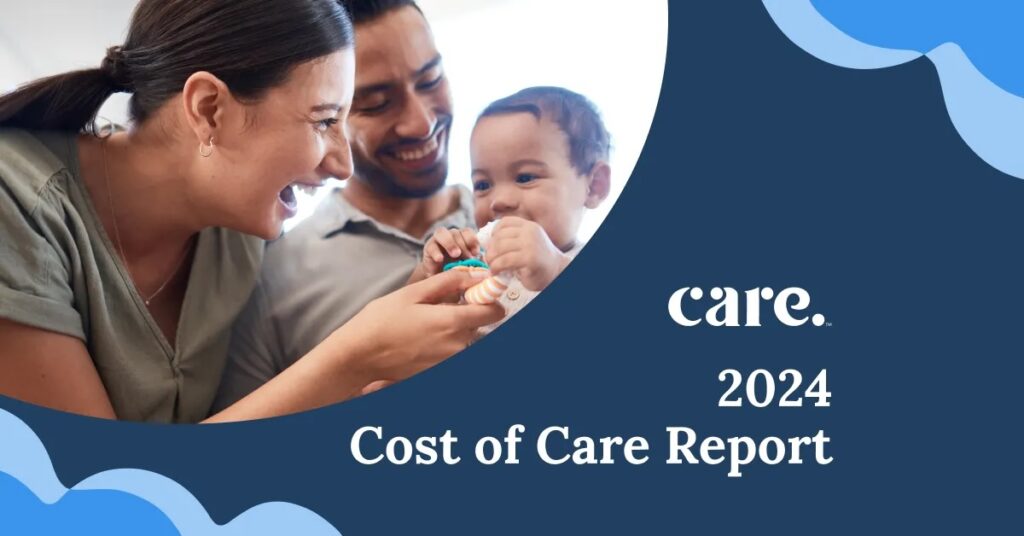It is the expectation today that benefit plans should be flexible and inclusive in support of employees at every life stage. As any HR professional will tell you, there is no one size fits all approach to employee benefits. This is especially true when designing a flexible caregiving benefits program, as needs vary for every family.
What is a flexible caregiving program?
A flexible caregiving program is designed to give employees the power of choice over important details like who cares for their loved ones, where their loved ones are cared for, and cost options that are affordable for their financial means. In the 2023 Future of Benefits report, 68% of employers prefer offering their employees flexible care benefit solutions vs 16% of employers who only offer in-center child care options.
Evaluating your Care benefits
With employers focused on making the most out of their benefit programs in the current economic climate, here are a few essential questions that employers must consider when offering a Care benefits program:
1. Do your Care benefits support all of your employees’ loved ones?
Employees go through various life stages, including starting a family, adopting a pet, caring for aging parents, or pursuing personal development. Picture every kind of caregiver you can think of. While it’s easy to see that working parents are always in need of good, quality child care, are your care benefits leaving out pet parents or employees who are struggling to care for their aging parents? Currently, 5 million pets have been added to U.S households since 2019 and more than one in six working Americans is already a caregiver to the elderly.
2. Do you offer solutions for every type of Care?
When employers take it a step further and have solutions ready for different kinds of Care needs, families are empowered to find the right solution for them. These different types of benefits can include:
- Regular, ongoing care
- Backup Care
- Instant Book Care
- Personal Network Reimbursement
- Summer Camp Care
- Tutors or College Advising
- Concierge Care
- Care Discounts or Vouchers
3. Can your employees choose between in-home and in-center child care?
This is especially important when supporting working parents. Several factors can contribute to an employee’s choice between in-home and in-center care such as the number of children they have, their comfort level outside of home, travel time, cost, health concerns, and geographic location, especially if the family finds themselves in a child care desert. Offering access to in-home childcare is important for employees in healthcare and other industries with non-traditional hours when child care centers are closed.
4. Are your Care benefits affordable for your workforce?
Depending on the type of employer-subsidized Care benefits offered, employers will need to determine the copay amount their employees will pay. It’s crucial for employers to evaluate the average salary of their workforce and establish copays that are structured accordingly. Employers can choose to offer all employees the same copay structure, or tier their co-pays based on salary to increase benefit accessibility.
5. Can employees easily access their Care benefits?
Ease of use and accessibility are important and often forgotten aspects of a flexible benefits plan. With Care benefits, it’s important to think about how easy it is for employees to enroll, review, schedule, and keep track of their Care benefits, and if these benefits can be viewed on desktop, mobile web, and mobile app, in addition to any call centers or specialists that can be called directly. Care benefits that are accessible 24/7 are also more likely to be used, especially when it comes to families requesting Backup Care because their regular care falls through.
When in doubt, survey
The best way to customize a Care benefits program and ensure you have designed a flexible benefit plan is to hear directly from your employees. With this Guide to Employee Benefits Survey, employers can learn the scope of your workforce’s care needs and whether your employees are caring for children, adults, or pets in their home. When employers have the right information, they are able to launch a flexible benefit program that leads to greater employee enrollment, utilization, and business impact.






